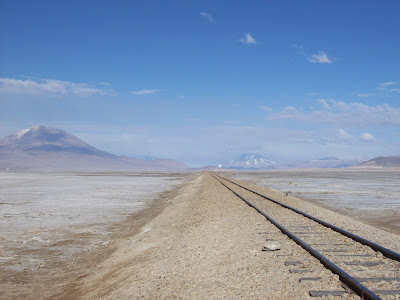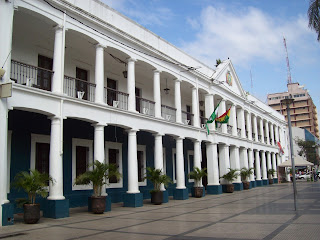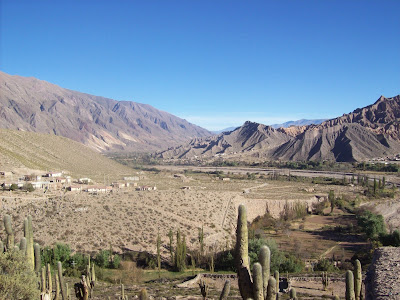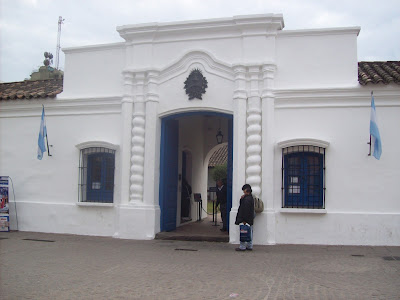Parece que ya me voy acostumbrando a la altura. Y es que acá sigo, recorriendo el altiplano boliviano. En este caso, en su capital: La Paz.
La ciudad, con una muy curiosa geografía urbana, se extiende en un valle a las faldas del Illimani (montaña sagrada para los paceños). En esta amalgama se mezclan casas de adobe con lujosos rascacielos de vidrio.
La modernidad está pues presente pero sólo de una manera ligera. Las auténticas tradiciones bolivianas, descendientes directos de los pueblos aymará e incas siguen muy presentes. Como muestra los puestos de brujas donde se pueden encontrar, por ejemplo, fetos de llamas para hacer conjuros.
Siguiendo con las tradiciones, este fin de semana se celebro la entrada universitaria. Un sinfin de agrupaciones folklóricas mostraron muchos de sus bailes típicos durante todo el día en el centro de la ciudad.




















































